Pakistan saw one of the bloodiest terror attacks in its restive province Balochistan on Monday. Attacks drew global attention but the problem lies deeper, dating back to how Pakistan acquired Balochistan, an independent country in August 1947 read more
)
People look at a charred vehicle near a collapsed railway bridge the morning after a blast by separatist militants at Kolpur in Bolan district, Balochistan province. AFP
Not too many people in the Indian subcontinent pay attention to the historical fact that Balochistan was declared an independent country four days before India got its Independence from British rule and Pakistan was carved out as a separate nation in 1947. Even more ironic was the fact that Muhammad Ali Jinnah was the lawyer who pleaded the case for Balochistan’s ruler, Khan Mir Ahmed Yar Khan, also known as Khan of Kalat, before the British. However, Balochistan could remain an independent nation for only 227 days.
The same Balochistan is experiencing upheaval now. It made global headlines on Monday with more than 70 people killed in separate terror attacks as Baloch militants targeted Pakistani Punjabis in an ethnic insurgency plot. Late Monday, Pakistani authorities said that security forces killed at least 21 Baloch militants after the government vowed to avenge the killings of citizens.
Not a sudden outburst, Balochistan simmering for a month
The terror attacks in Balochistan followed about a month of a new wave of political unrest. At least since July 27, Balochistan has been tense over a continued standoff between protesters led by the Baloch Yakjehti Committee (BYC) and the Pakistan government. Protest marches, rallies, demonstrations and sit-ins have been unabated despite heavy crackdowns by the government.
The stand-off began after the government blocked main highways in Balochistan in July ahead of a BYC gathering in Gwadar, which serves as Pakistan’s only deep sea port, practically controlled by China. The BYC had given a call for a Baloch Raji Machi or Baloch National Gathering. Baloch leaders for long have been seeking answers from the Pakistan government about the missing persons, suspected to have been abducted by security agencies.
The call for the gathering was met with a crackdown by security forces. Activists were arrested, baton-charged and fired upon to prevent them from marching toward Gwadar. At least four protesters were killed in the government actions and dozens others were injured.
While the BYC maintains that it is a rights group advocating for civil, political and socio-economic rights, the Pakistan Army describes the group as a “proxy of terrorist organisations and criminal mafias” that aim to stall (China’s) development projects in Balochistan.
However, the Human Rights Commission of Pakistan (HRCP) expressed concerns over “reports of violence against protesters” in crackdowns by security agencies.
Amnesty International issued a statement on July 27, calling for “an end to the brutal crackdown on the Baloch protests and the immediate and unconditional release of all those arrested for exercising their right of peaceful assembly”.
Human Rights Watch asked Pakistani authorities to “exercise restraint in responding to demonstrations in Balochistan province, release all detained for peaceful protest, and restore internet access”.
The continued protests amid severe crackdowns has charged up the political atmosphere in Balochistan, which has a history of militancy and a close ethnic connection with the Sistan province of Iran.
What Balochistan means to Pakistan
Balochistan is the largest province of Pakistan, accounting for about 44% of its geographical area. It is an arid region that is rich in natural resources — oil, gold, copper and other mines, explaining why China has shown special interest in the province. It is one of the primary sources of Pakistan’s revenue, but remains the least developed region.
The province takes its name from the Baloch tribe, who have lived in the region for centuries. The Baloch people have a distinct culture that sets them apart from the rest of Pakistan, and makes them closer to those living across the border in Iran’s Sistan province. The region got divided between Iran and modern-day Pakistan during British rule over India.
Balochistan has a significant portion of the $68 billion-dollar China-Pakistan Economic Corridor (CPEC), funded by China. This project is part of China’s President Xi Jinping’s ‘Belt and Road’ initiative. Gwadar near the Gulf of Oman is seen as a critical site of the project.
China is also involved in mining projects in this area and in the construction of an international airport in Gwadar. Meanwhile, the Canadian mining company Barrick Gold holds a 50% stake in the Reko Diq mine in Balochistan, considered one of the world’s largest undeveloped sites for copper and gold.
While Pakistan banks a lot on its future development with foreign players working in Balochistan, these activities face staunch opposition from local population and extremist groups.
How Pakistan acquired an independent country
Balochistan’s modern story begins with an 1876 treaty between the princely state of Kalat — part of the province — and the British India government. This granted Kalat internal autonomy — similar to ones that the British signed with Bhutan and Sikkim.
And when Independence dawned on the Indian subcontinent in 1947, Balochistan comprised four princely states — Kalat, Kharan, Las Bela, and Makaran. While the latter three were presented with the option of joining either India or Pakistan or declare their independence, Kalat was not required to join either of the two nations, according to the 1876 treaty.
In fact, when freedom became a definite possibility in 1946, Khan of Kalat roped in Jinnah as the state lawyer to argue its case before the British. At a crucial meeting held in Delhi in 1947, Jinnah argued for Kalat independence.
The meeting was attended by the last British viceroy Lord Mountbatten, Khan of Kalat, the chief minister of Kalat, Jinnah, and Jawaharlal Nehru. It was agreed that Kalat would remain independent. Jinnah insisted that Kharan, Las Bela and Makran merged with Kalat to form a complete Balochistan.
An agreement was signed on August 11, 1947, between Kalat and the Muslim League. Balochistan was to be independent along with India and Pakistan. Balochistan’s defence was to be ensured by Pakistan. The Khan of Kalat declared Balochistan independent on August 12.
Protests, revolutions and suppression
As India and Pakistan celebrated Independence, Kalat too hoisted its traditional red and white flag. A khutbah (public preaching from a mosque) was read declaring the Khan of Kalat an independent ruler.
The Khan waited for its territories to be consolidated but in September 1947, the British issued a notification saying that Kalat was not in a position to function as an independent country. The Khan of Kalat visited Pakistan in October 1947, possibly to get the issue resolved with the help of Jinnah, who had argued his case.
However, Jinnah advised him to merge his state with Pakistan. The Khan of Kalat refused the proposal, saying the decision would be taken by the Balochistan legislature, which rejected merger with Pakistan.
The pressure was building from Pakistan. Khan summoned his military general to seek support from Commonwealth countries but got no support, with the British intending to back Jinnah. In March 1948, Jinnah made his move, declaring separation of Kharan, Las Bela, and Mekran from Kalat and merger with Pakistan.
By March end, Jinnah sent the army into Balochistan, leaving Khan with no option but to accede his state to Pakistan. This forceful capture of Balochistan deepened a sense of betrayal by Jinnah. Khan’s brother Prince Karim Khan led Baloch nationalists, who had risen up in the first insurgency revolution in 1948 in a bid to preserve their autonomy and culture.
The 1948 uprising was crushed. All top leaders including Karim Khan were arrested. But insurgency kept finding new leaders and kept challenging Pakistan’s successive governments — in the 1950s, the 1960s and the 1970s. Every time the Pakistan military responded with stronger repression.
The last phase of insurgency began in the early 2000s, when Baloch leaders started questioning the government’s policy of suppression. This time the Baloch agitation was led by Nawab Akbar Khan Bugti, who had earlier served as Pakistan’s defence minister and also as the province’s governor. He put out a charter of demands including control over natural resources of Balochistan.
Bugti was assassinated in 2006. The Baloch insurgents responded in anger, with an assassination attempt on then-military ruler General Pervez Musharraf only a few days later.
The China angle and recent wave of terrorism
While Baloch insurgents have always sought independence, they started getting wider support after China’s rapid penetration in Balochistan with its development projects. The CPEC only aggravated the insurgency situation.
Inaugurated in 2016, the seaport in Gwadar is the flagship project of the CPEC. But this is also a major reason for the rising insurgency and unrest in the region. Locals have long accused the governments of exploiting Balochistan’s resources for profit while neglecting the development of the area.
“Gwadar is being called a game-changer for Pakistan and China, so it was important to tell them and the international media that this land belongs to us,” Sadia Baloch, a prominent Baloch rights activist, says.”The crackdown shows Baloch are not allowed to enter Gwadar.”
There is a strong feeling among the Baloch that the economic activities by China in their region have marginalised further and have been deliberately excluded from the economic benefits by the Pakistani government. Comments from Chinese officials exacerbate the matter further..
For example, as the Baloch protests were ongoing, the Chinese Consul General in Karachi Yang Yundong said “We hope that all the political parties and social organisations take their overall national interest into account and to set aside that difference and focus on construction and economic development and to take the people’s interest as a top priority.”
This also explains why Chinese personnel have been targeted in Balochistan over the past few years. While groups like Balochistan Liberation Front and Balochistan Liberation Army — which claimed responsibility for the latest attacks — have been a challenge to the Pakistani security agencies, they also have got support from the Pakistani Taliban (TTP).
Pakistan has complained of joint attacks by BLA and TTP, which is fighting the government to establish a sharia-based rule in the country. The BLF, founded in Syria in 1964, has a reputation of targeting energy installations and foreign workers, particularly Chinese, unlike the BLA which is known for launching ethnic attacks.
For a long time, Pakistan has found it difficult to manage Balochistan, and has blamed outside forces including Iran for the insurgency. In January this year, Iran and Pakistan launched air strikes at one another over alleged support for Baloch groups inimical to the other side.

 2 months ago
17
2 months ago
17
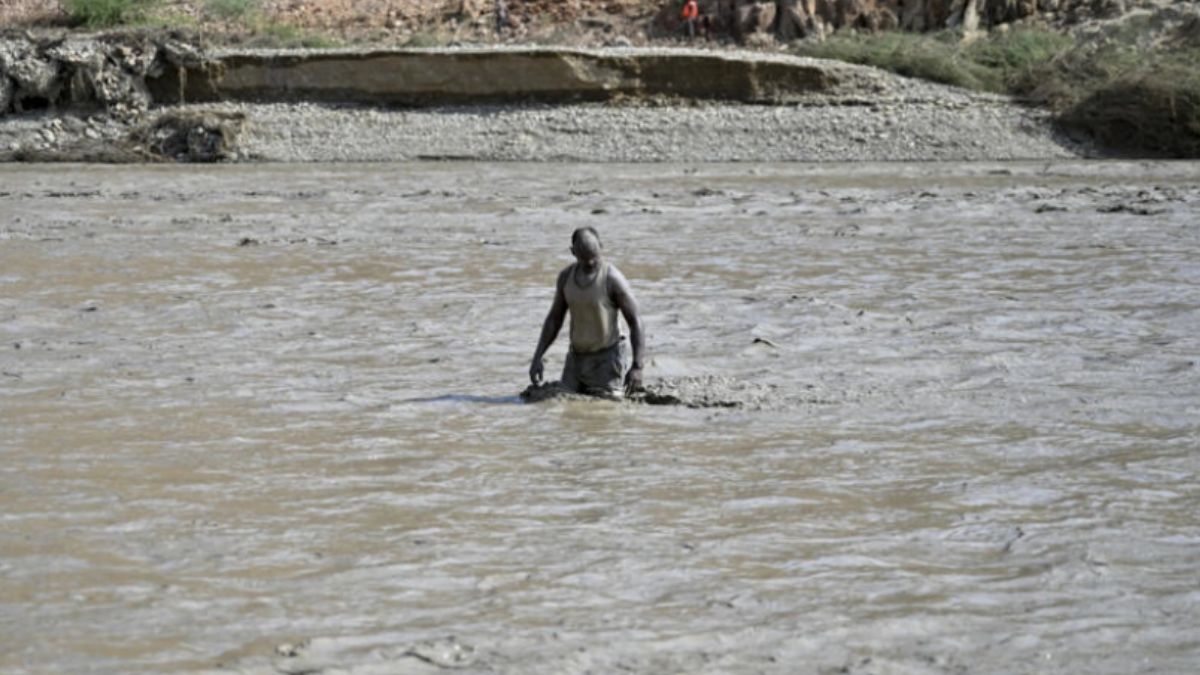)
)
)
)
)
)
)
)
)
)
)
)
)
)
)
)
)
)
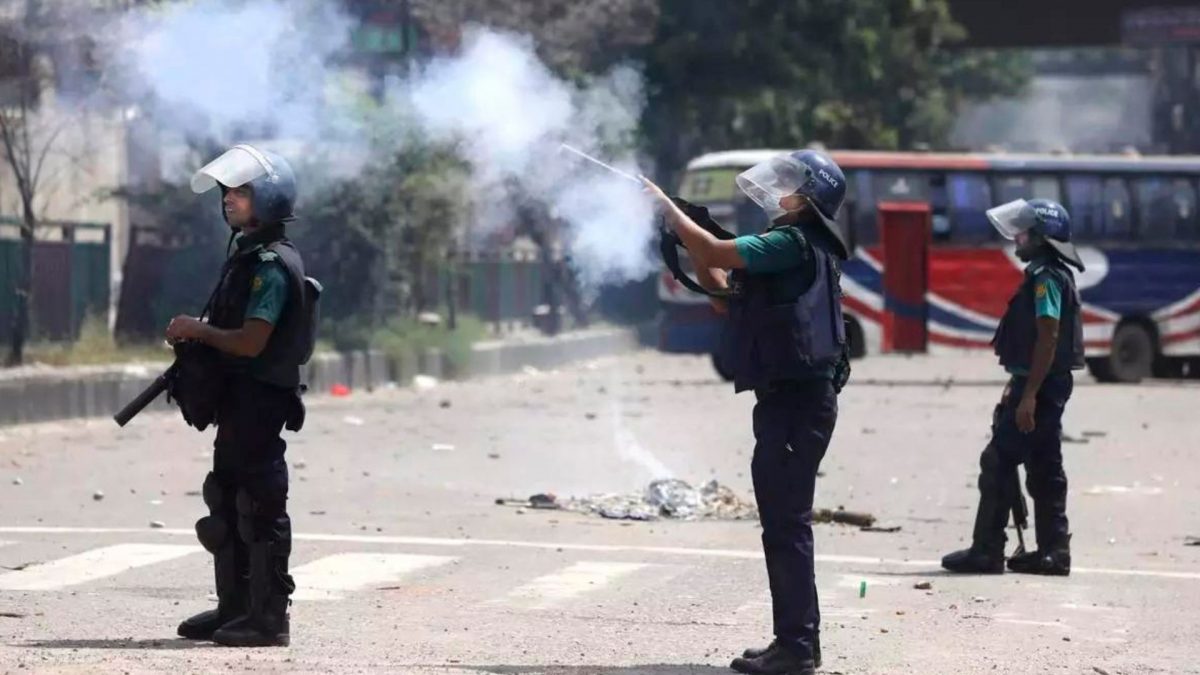)
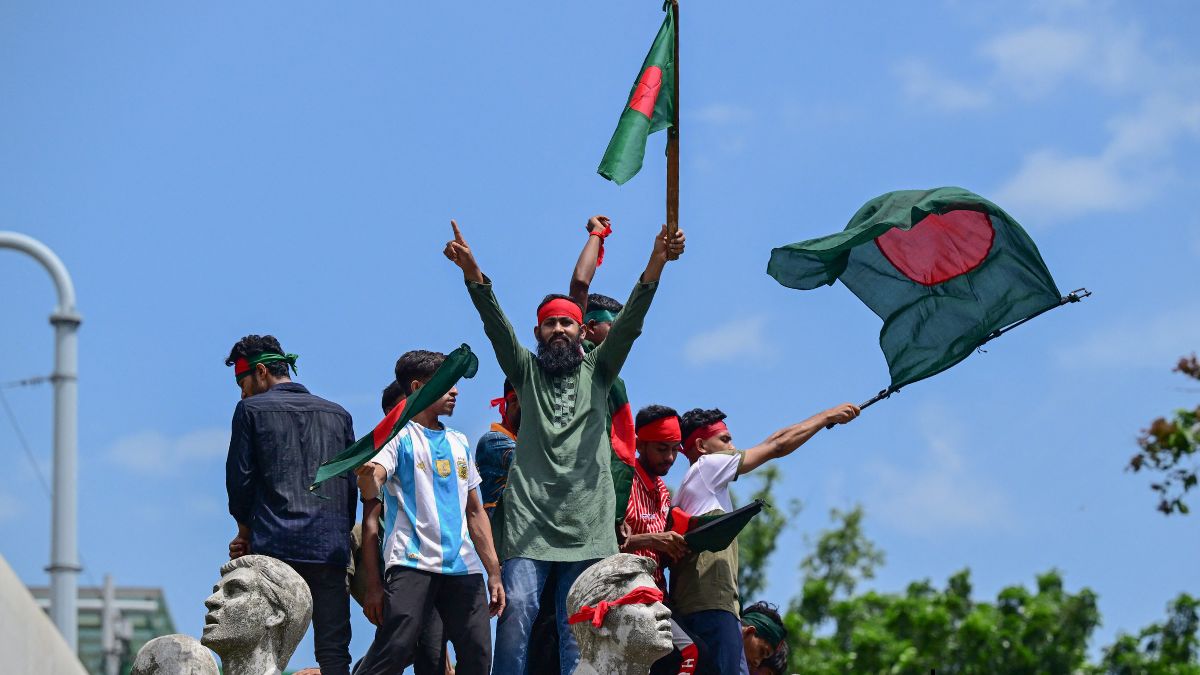)
)
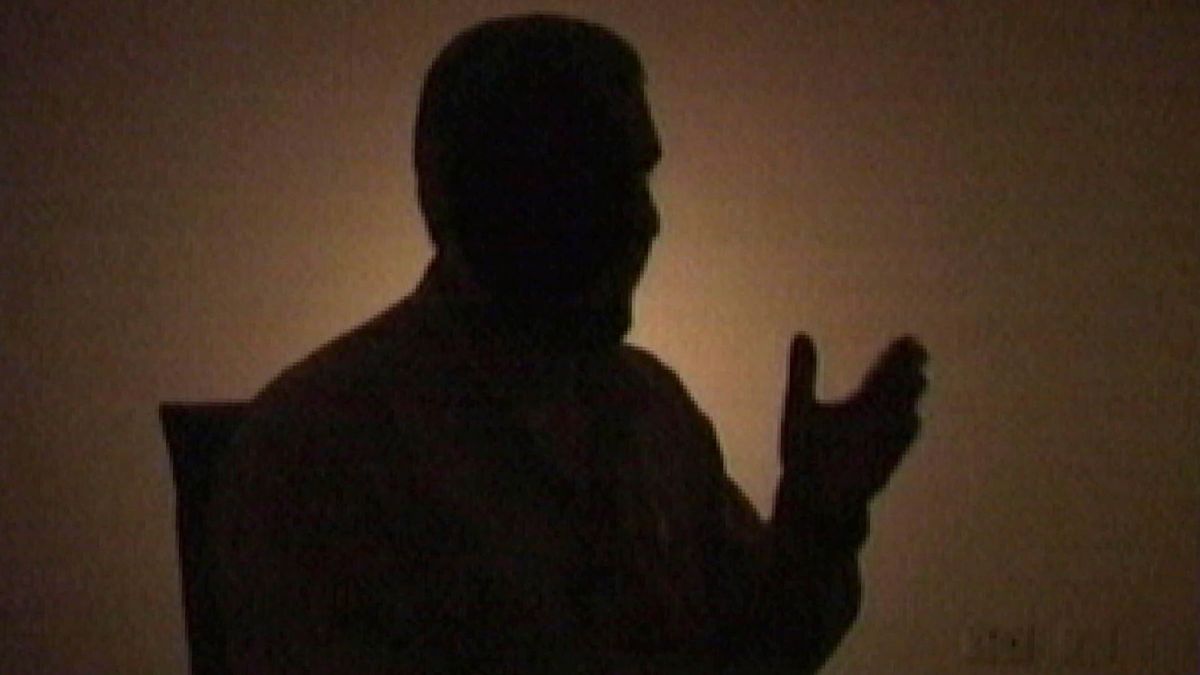)
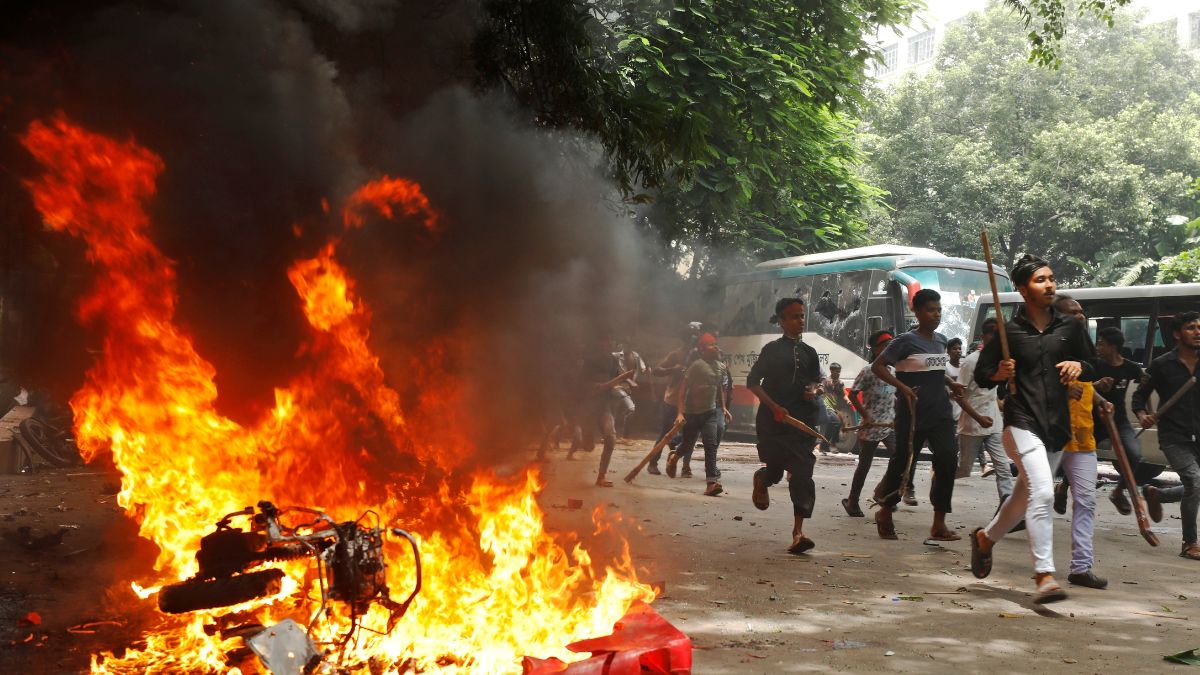)
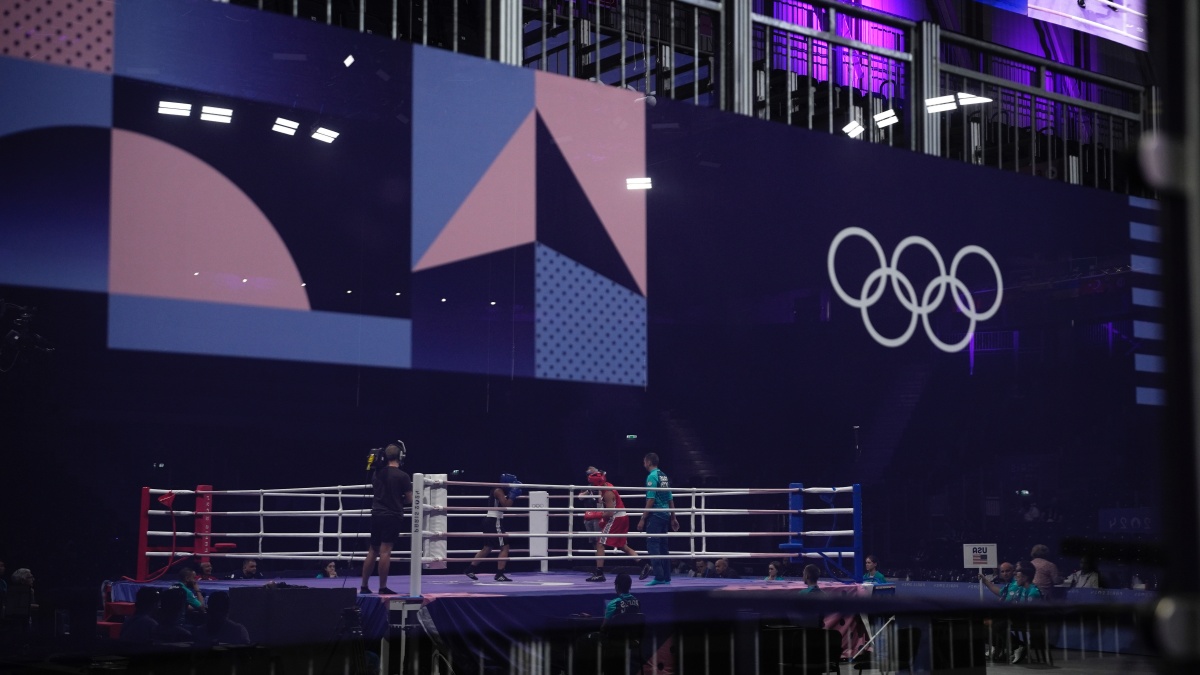)
)
 English (US) ·
English (US) ·